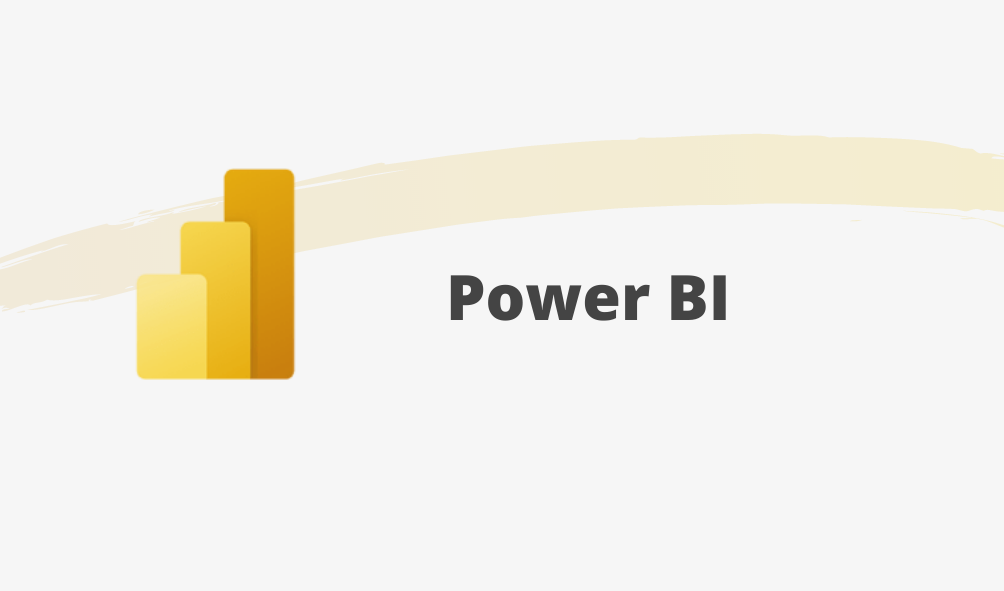Everyone uses spreadsheets for data, whether it’s little databases, transferring data or full macro powered systems. In this article we discuss 5 key risks associated with using spreadsheets for data.
Data security
The first challenge to consider is data security. Spreadsheets come with some security features, such as passwords and controls on read/write but that’s generally where the security ends.
The main data security challenge relates to the fact that you can easily copy or delete a spreadsheet with very little ability to secure your spreadsheet from this.
There is no backup built in, yes there are some features available within Office 365, but these are limited when compared to other data solutions. Version history and audit is also now available in limited form via Office 365 but again weak compared to other data solutions. They are also limited to going through any update to the whole sheet rather than checking any change to an individual cell, row or column.
The fact that you could copy a spreadsheet full of company data and email it is a real risk and one that happens regularly. Pair this with the fact that you can’t limit access to rows, columns and cells means anyone that has access to that spreadsheet has access to all the data within.
This fails to secure your personal, identifiable and sensitive data and leaves you open to data risk. All of these data security risks can be avoided in other more advanced data solutions.
Productivity
Productivity when using spreadsheets is a major challenge. This is mostly caused by the manual effort involved in using them and how easy it can be to get it wrong. This means extra care and effort is required to try and ensure data quality.
When you are looking to combine data, move data from one system to another or build reports, all of this is possible within spreadsheets, but it takes time to carry out these tasks and more to check them.
93% of Excel users consider combining spreadsheets a time-consuming chore. One of the biggest drivers of business cases and ROI for a move away from spreadsheet solutions is quantifying and automating the cost of manual effort during processes. Even manually creating one report a week or moving data from one system to another regularly can result in huge costs to your business.
Manual data entry
Manual data entry, be this copy and pasting or typing data into spreadsheets can result in errors that can feed through into systems and reports and ruin the data quality.
- Research has shown that approximately 88% of spreadsheets contain some kind of error, primarily due to manual entry.
- Something as simple as a misplaced decimal point or incorrectly entered formula can wreak havoc on an organisation’s financial statements or decision-making.
Collaboration
When comparing how you collaborate across a spreadsheet vs another data solution, it becomes clear that collaboration across spreadsheets can be a challenge. Moves to cloud solutions such as Office 365 or Google Workspace does make it easier to collaborate but there are still significant challenges.
- Inability to link data across sheets.
- There is no way to track changes or see audit history in Excel.
Scalability
When you first use a spreadsheet to create a database or report, you never expect it to grow into a fully-fledged system. As limited thought is put into the future viability of the solution you can quickly run into capacity issues when looking at larger data and calculation quantities.
Even the newer excel spreadsheet format (XLSX) can only handle 1 million rows of data. When looking at transactions or customer records this can easily reached.
Adding to this is the performance challenges when dealing with larger data volumes. Any calculations across the full table will perform slowly and take up valuable time.
Excel and spreadsheets are wonderful, easy to use and intuitive solutions, but they do introduce risks and issues for your business when you become too reliant on them. There are better solutions available. To find out about the range of solutions from Microsoft that can replace your spreadsheets, download our guide here.




